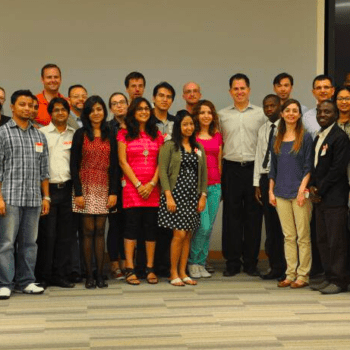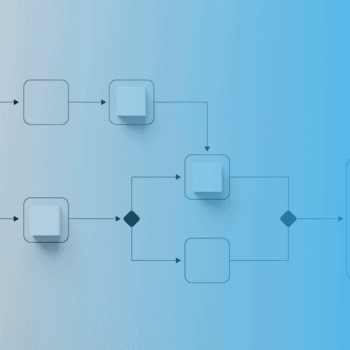Hunger and food insecurity is a worldwide issue that impacts the lives of hardworking individuals each and every day. In the United States, 48.1 million people live in food insecure households, including 15.5 million children. The problem of hunger is being combated by a variety of different food organizations throughout the country and around the world.
While the solution might not be simple, there are many food organizations working everyday to eradicate hunger.
Food organizations deal with the stigma attached to poverty and hunger. This stigma can make it difficult for people to seek out and utilize these services, even when they desperately need them. It can also make it difficult for these organizations to secure the funding and resources they need to operate effectively.
Despite all of these challenges, there are many food organizations that are doing incredible work to combat food insecurity. They provide essential services to communities in need and offer hope for a better future. With continued support, they will be able to continue their vital work and make a real difference in the lives of those they serve.
The causes of food insecurity are complex and multi-faceted.
They can include economic factors, such as poverty or job loss; natural disasters, such as droughts or floods; and political unrest. Whatever the cause, food insecurity can have a devastating impact on people’s lives.
It can lead to poor physical health, mental health problems, and social isolation.
It can also impact educational attainment and employment opportunities. In short, food insecurity is a serious problem with far-reaching effects. But there is hope.
Food organizations like Feeding America are working to combat food insecurity and provide assistance to those who need it most. With help from concerned citizens, we can make progress in the fight against hunger.
Central Texas Food Bank
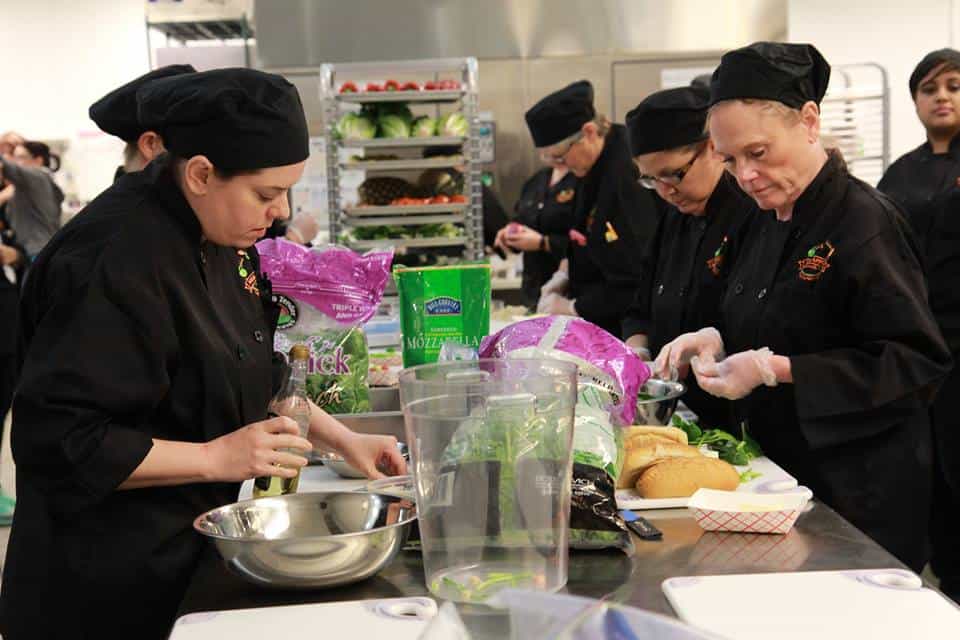
The Central Texas Food Bank (CTFB) is 1 of 200 food banks in the network that Feeding America supports. They feed about 46,000 individuals in the Central Texas region each week. The food bank turns every dollar donated into 4 meals, but some generous corporate partners enable CTFB to make 8 meals with a dollar in the summer months.
The mission at Central Texas Food Bank is simple: Nourish hungry people and lead the community in ending hunger. This notion comes to life every day when the food bank hosts up to 120 volunteers at a time to sort and package food that is then sent out to 21 central Texas counties.
Mealshare
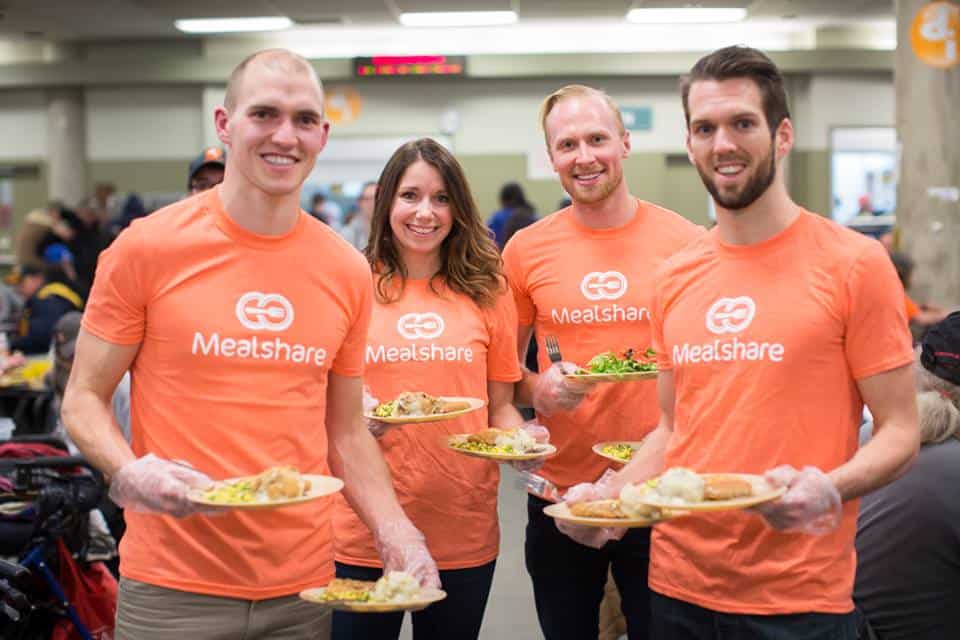
Mealshare is committed to ending youth hunger “within our lifetime.” Their methods enable and empower people everywhere to join their mission without asking for participants to make changes in their own lives. Their operations imitate those of TOMS “one for one” model where customers at participating locations (select restaurants and other places) pay for their meal further enabling the Mealshare team to donate a meal to a child in need.
You can find your nearest participating restaurants by visiting the Mealshare website in order to contribute to the 1.2 million meals they have served to date.
#HashtagLunchbag
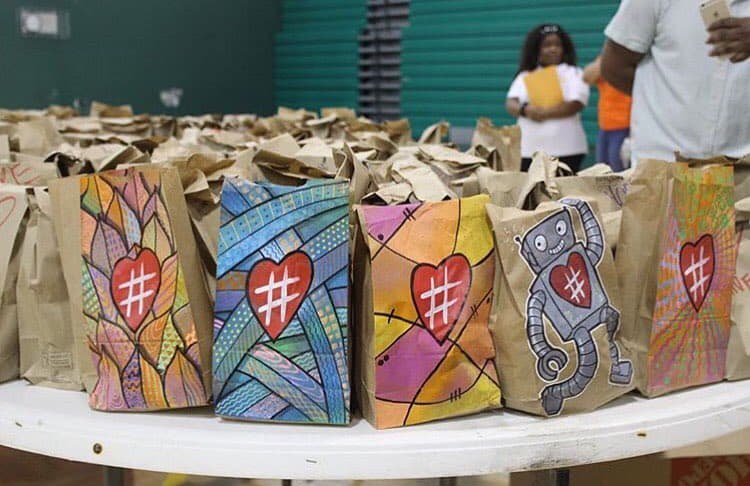
From their humble beginnings in an L.A. apartment on Christmas 2012, the founding friend group of this organization expanded their simple gesture to the formation of a 501(c)(3) called Living Through Giving Foundation. The founders write that their ironic name is a sort of “ode to hashtags” while their rapid growth and success was as welcomed as it was unexpected.
The #hashtaglunchbag events are currently hosted in over 100 cities globally where volunteers can help make lunch bags for local distribution. They offer numerous online resources for those who want to get involved and even for those wanting to host their own event.
Feed the Children
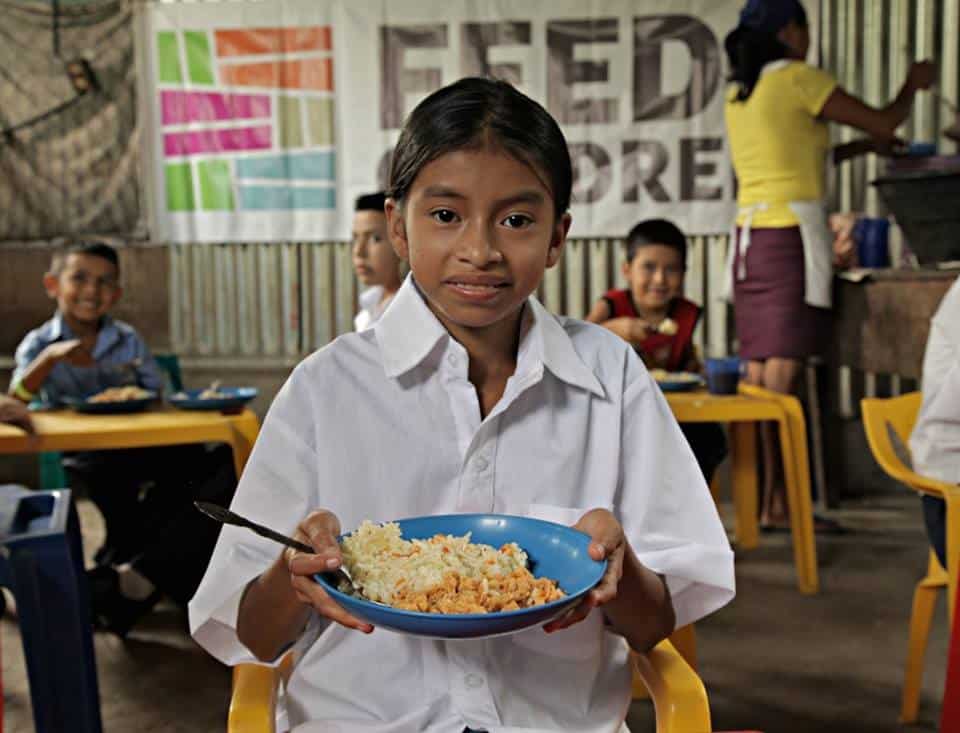
Feed the Children has a vision to, “Create a world where no child goes to bed hungry.” For 35 years, they have been a hub for connecting communities, leaders, and donors so that hunger can be addressed more effectively and resources can be allocated more efficiently. Their programs offer various action plans to charitable donors like sponsoring entire truckloads of food down to sponsoring backpacks filled with school and hygiene essentials for adolescents.
They also have numerous resources to offer those looking to donate in the workplace, with a faith based group, or even through stocks and estates. Feed the Children currently operates in over 10 countries outside of the U.S. hosting school meal programs and care groups for new and expecting mothers.
Bread for the World
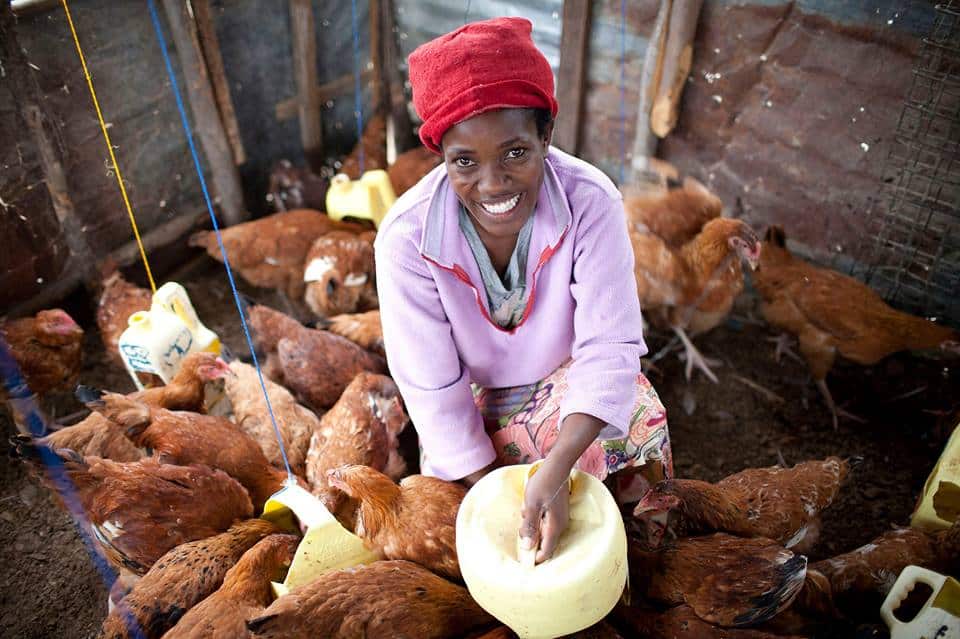
This heartwarming organization is addressing the most vulnerable population of hungry individuals whose primary concern is, “how to feed themselves and their children today and tomorrow.” Bread for the World is a major player in advocating to the U.S. government for cheaper and more effective food aid programs and for better foreign assistance toward this global issue.
Taking action is easy to do on their website where donations are accepted, outreach to Congress is facilitated, and faith/prayer materials are provided for those who wish to engage their church community.
WhyHunger
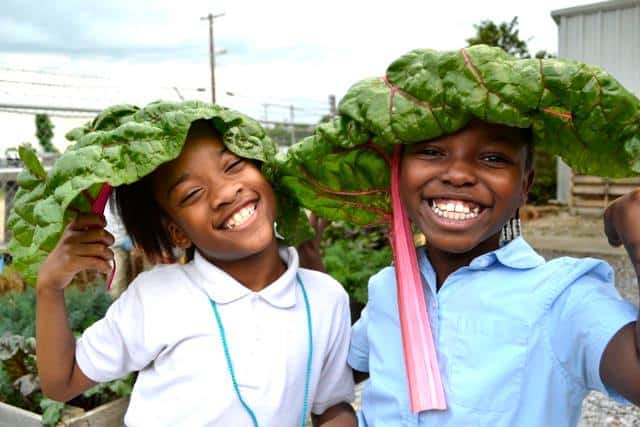
WhyHunger proudly writes that they are actively “on a mission,” rather than passively having a mission to end hunger. Their strategic goals are: Movement Building, Social Justice, and Human Rights. Today the organization perpetuates the work of Harry Chapin and Radio DJ Bill Ayres who catalyzed a movement to end hunger over 40 years ago.
Their operations don’t require many volunteers but instead encourage volunteers and provide the platforms and resources they require to host fundraisers, donate, share on social media, and more.
Freedom from Hunger
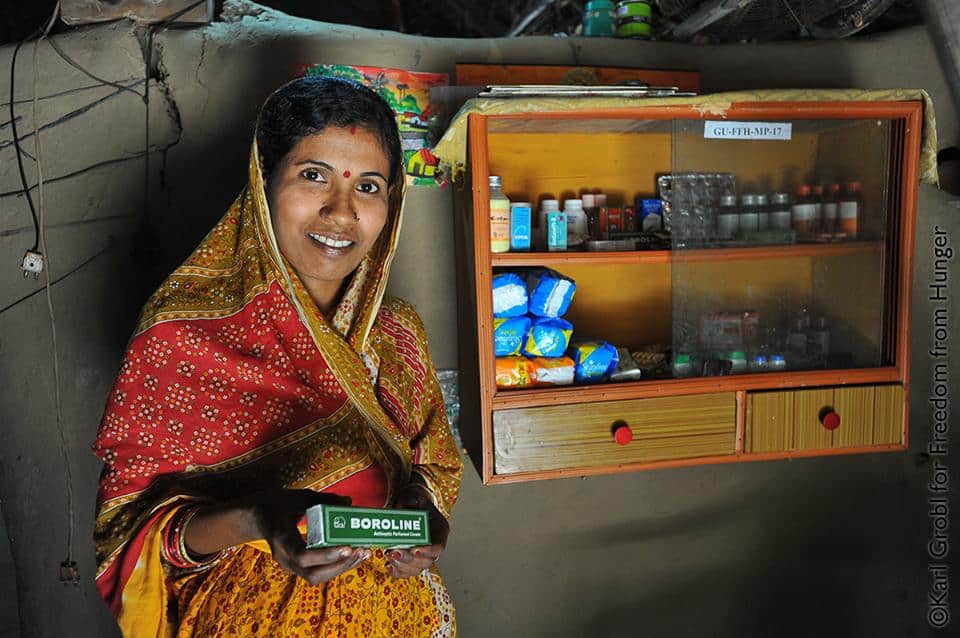
In October 2016, Freedom from Hunger became an independent affiliate of Grameen Foundation. Serving mostly women in foreign countries, they provide micro-financing tools along with other resources to ensure that their programs provide total care and “self-help” knowledge. Women learn about health, nutrition, and money management with their peers so that they are better equipped to lead healthy and stable lives.
The beneficiaries of these wholesome programs live mostly in Africa, India, and Latin America where they are taught to bridge gaps in their lives with strategies like “linking agriculture, nutrition, and gender.”
No Kid Hungry
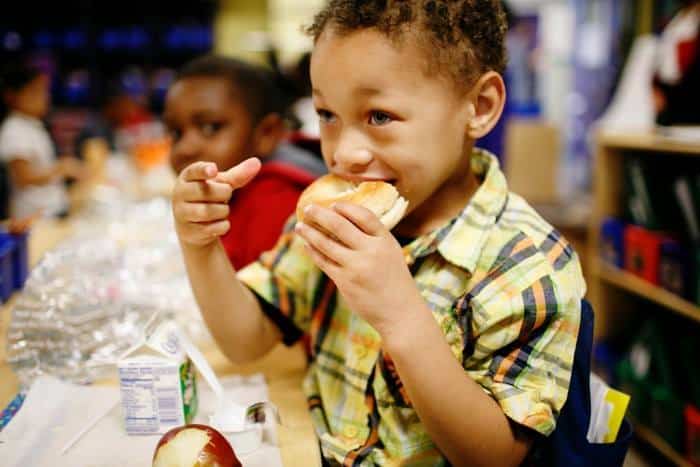
No kids hungry is all about education. They work to educate kids and parents with methods that encourage and empower American families to stretch every dollar into more meals and healthier meals at home. This organization also puts a substantial emphasis on advocacy programs and on bringing to light the truth of childhood hunger and its prevention. Through the Share Our Strength Organization, the No Kid Hungry campaign, “engages the public to make ending child hunger a national priority.”
Action Against Hunger
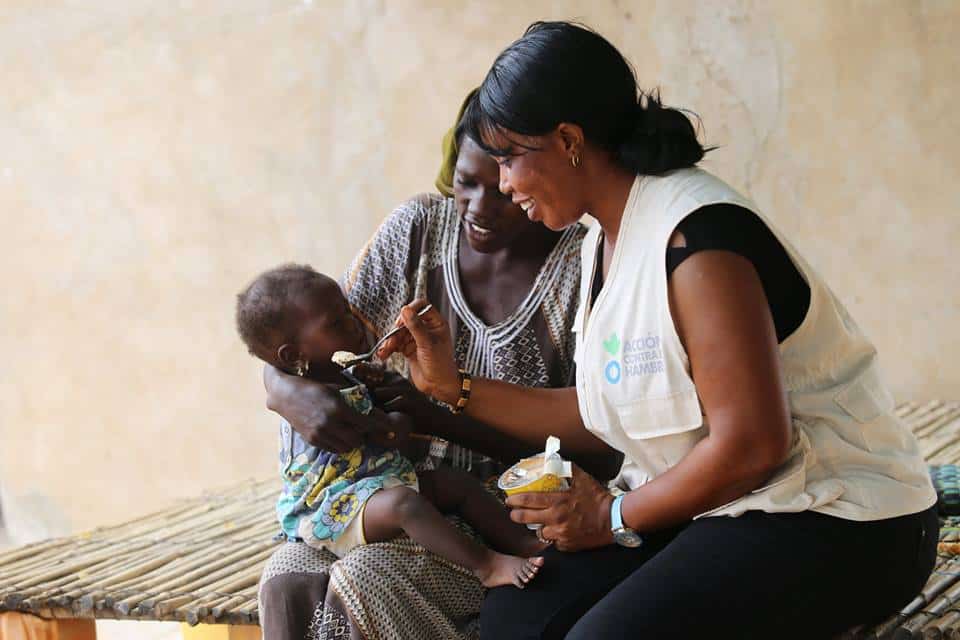
Action Against Hunger uses about 93% of every dollar on programs for hunger relief. Their efforts span 50 countries while addressing hunger, malnutrition, clean water, and lethal disease. As an international humanitarian organization, they provide natural disaster relief, recognizing the the poorest people are the most vulnerable to these events as they often lose their only assets and access to clean water and healthcare.
Their food security and livelihood program reaches 1.9 million people in different countries by solving the root issues to hunger with solutions in production, access, and income.
The Hunger Project
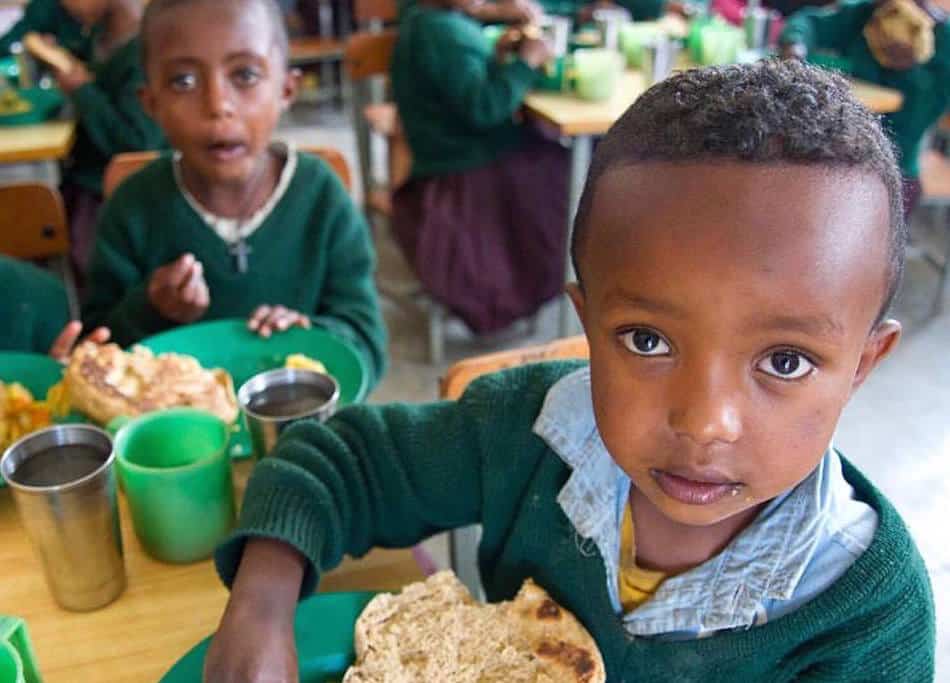
This organization actively seeks sustainable solutions to global hunger. Their programs which reach over 24,000 communities are built on three central pillars. One “essential element” is, “Mobilizing communities for self-reliant action” which perfectly aligns with their overarching mission for sustainibility. Other programs offer maternity aid, women’s empowerment, and microfinance options. Beyond their focus on sustainable aid is a focus to make their methods “women-centered” thus empowering a more fully engaged community to address their hunger with help from all available citizens.
Related Post: 6 INSPIRING QUOTES OF ADVICE FROM NONPROFIT LEADERS


